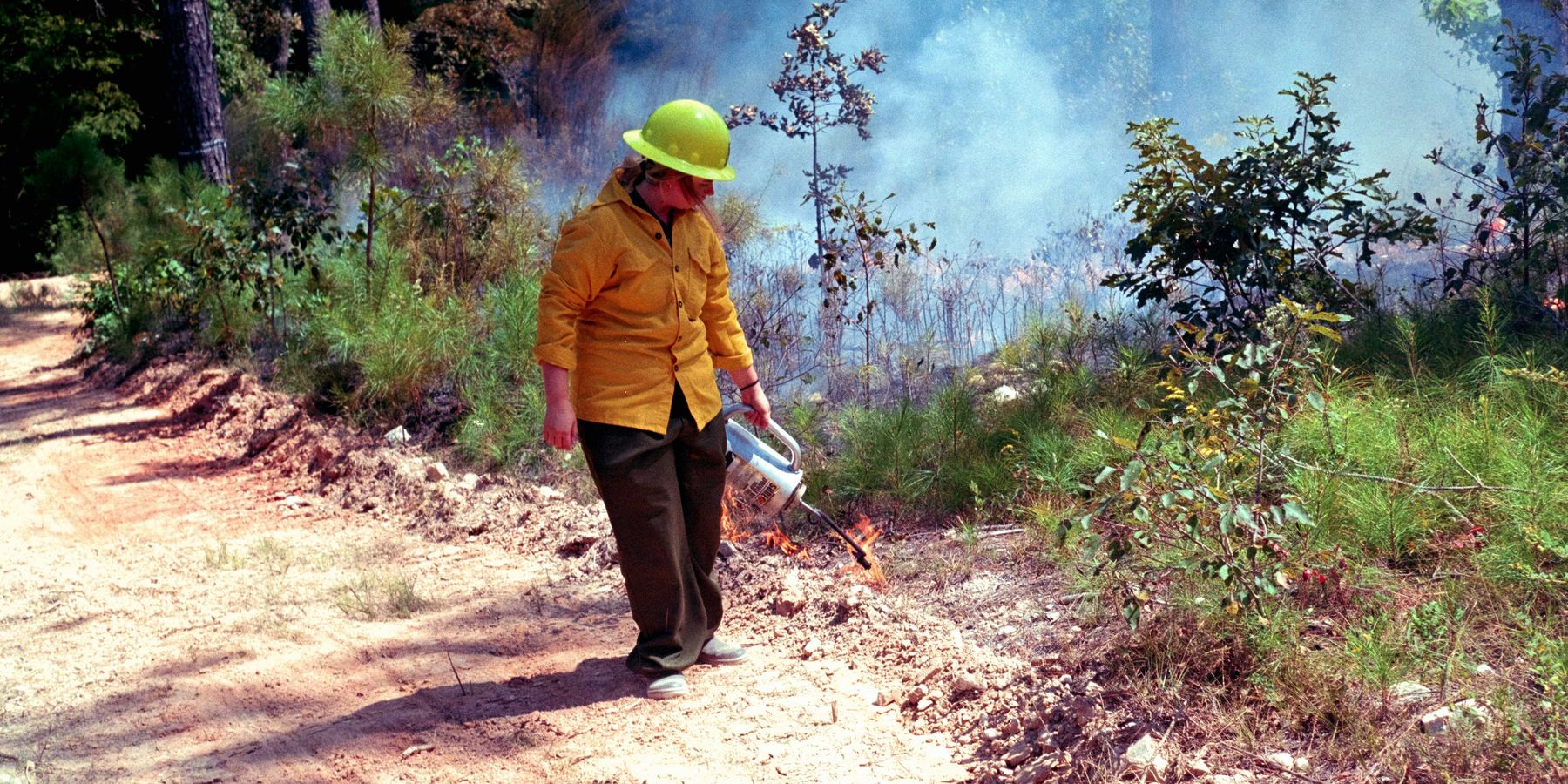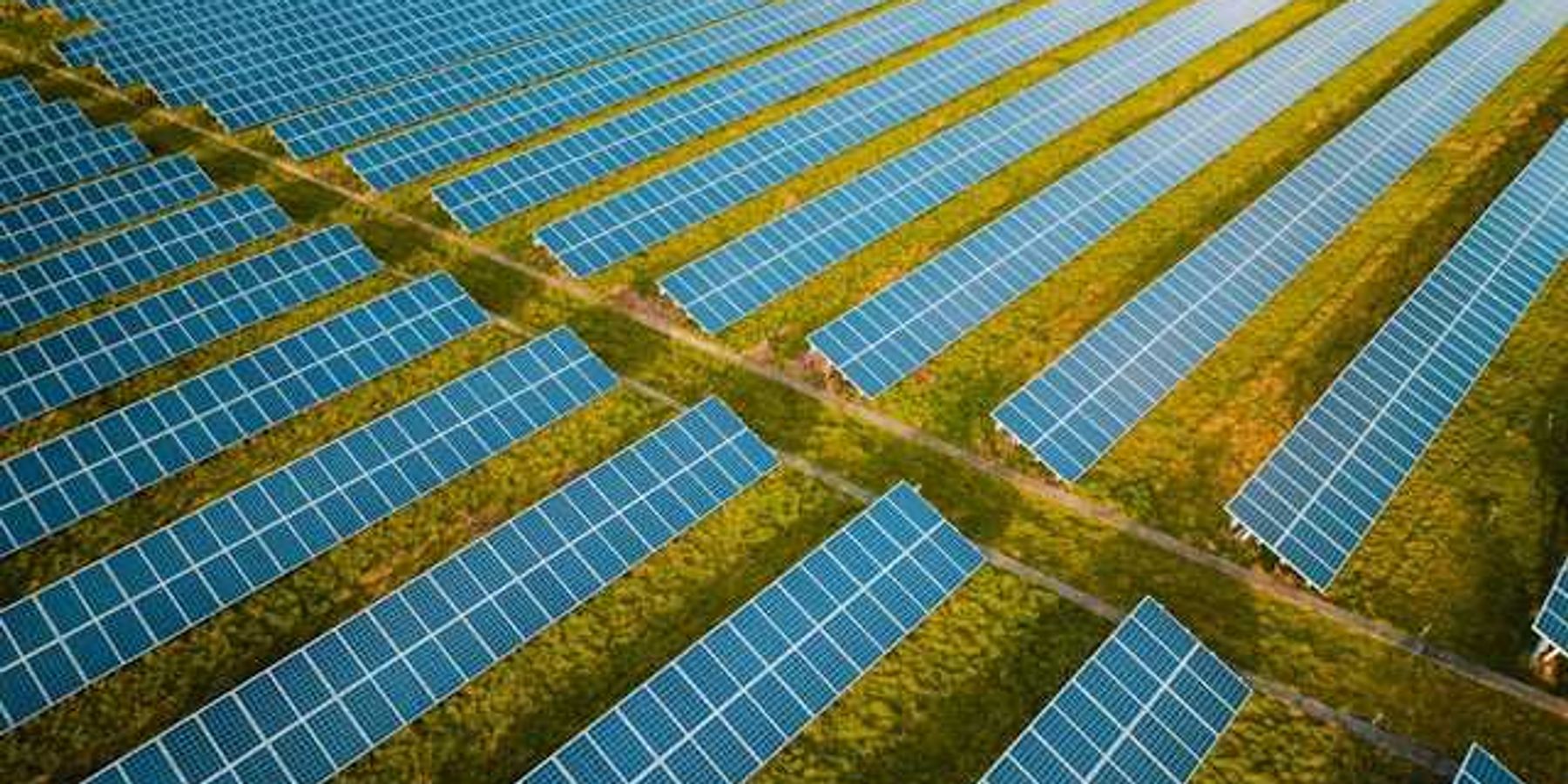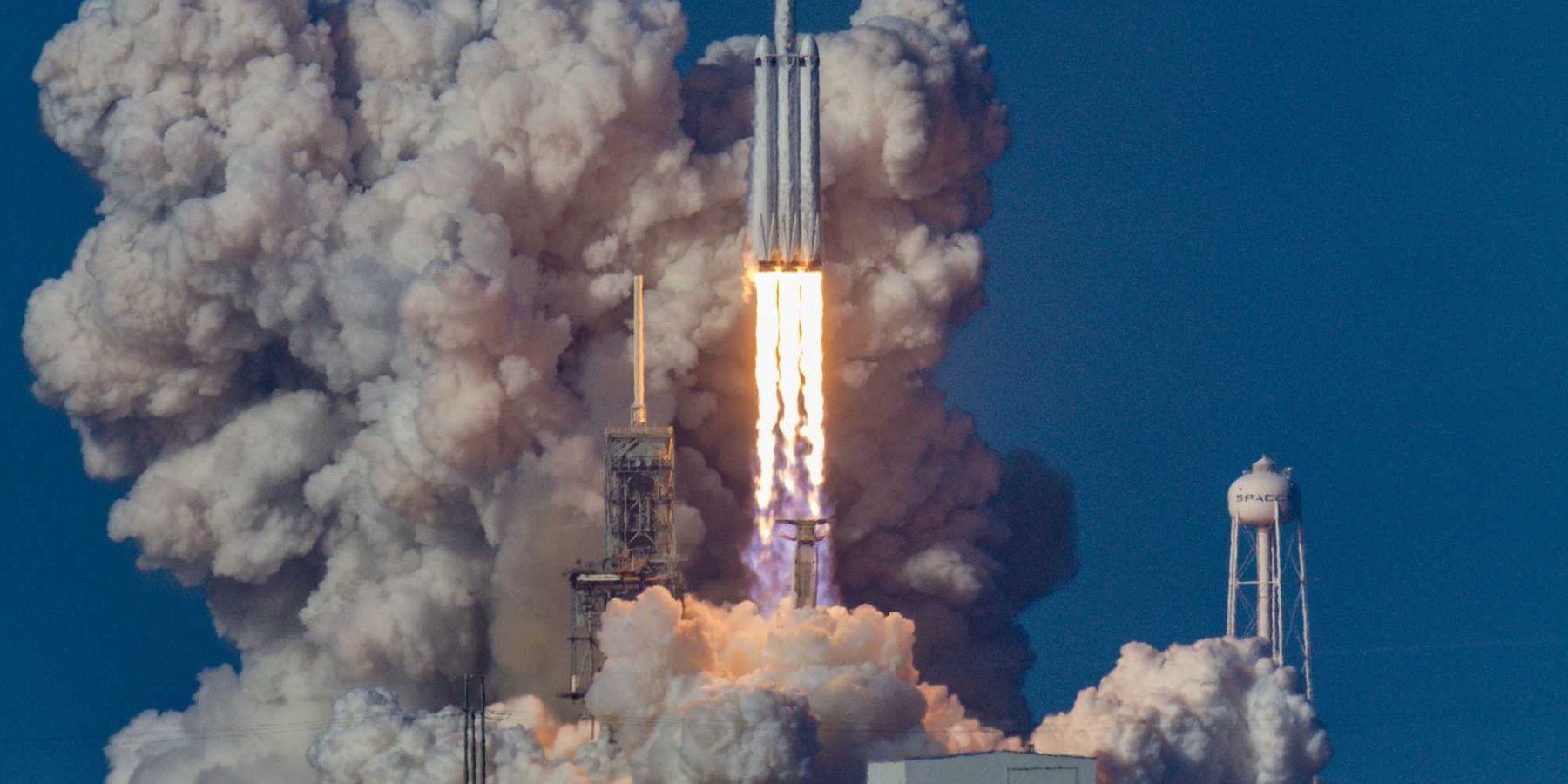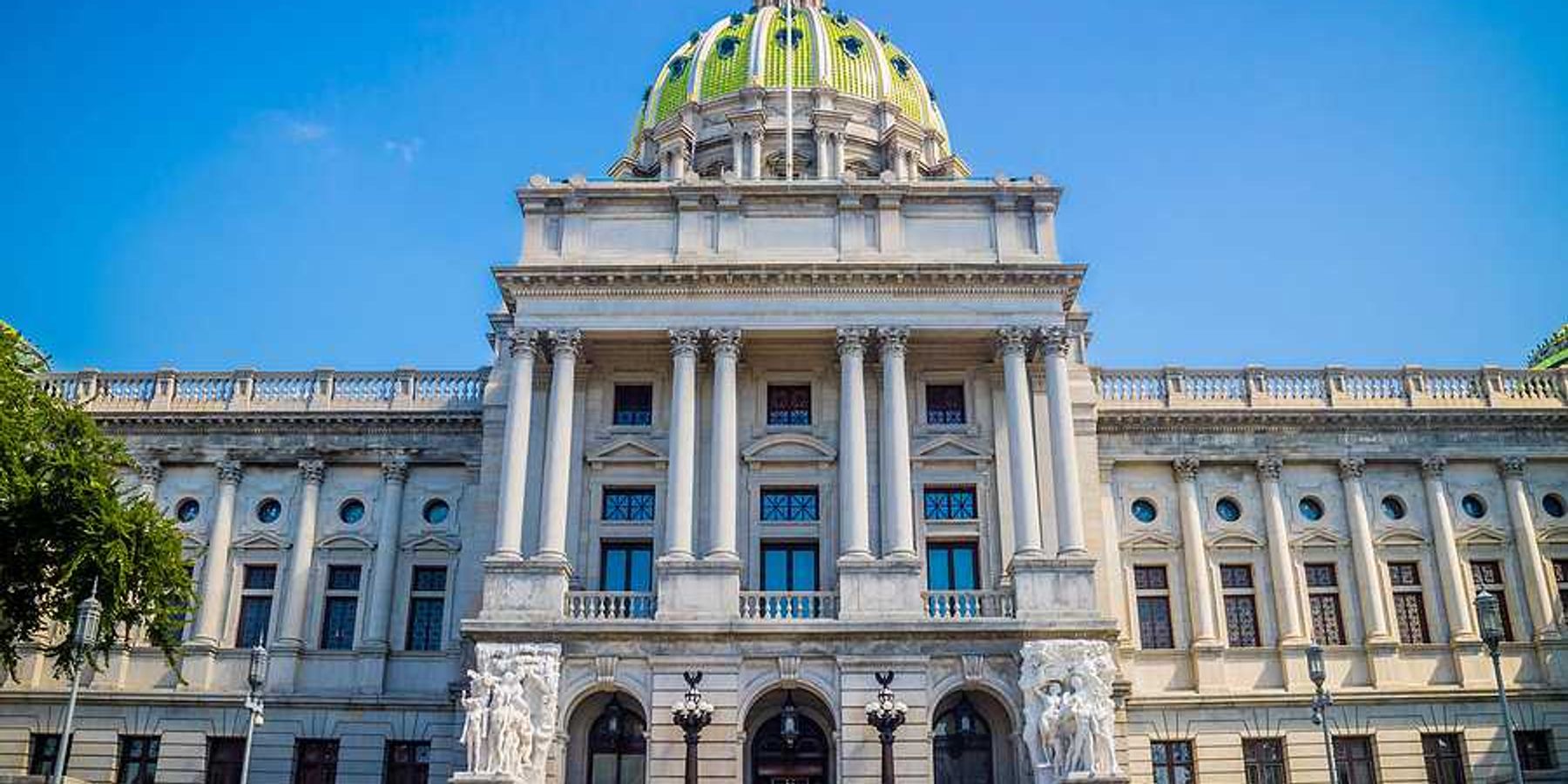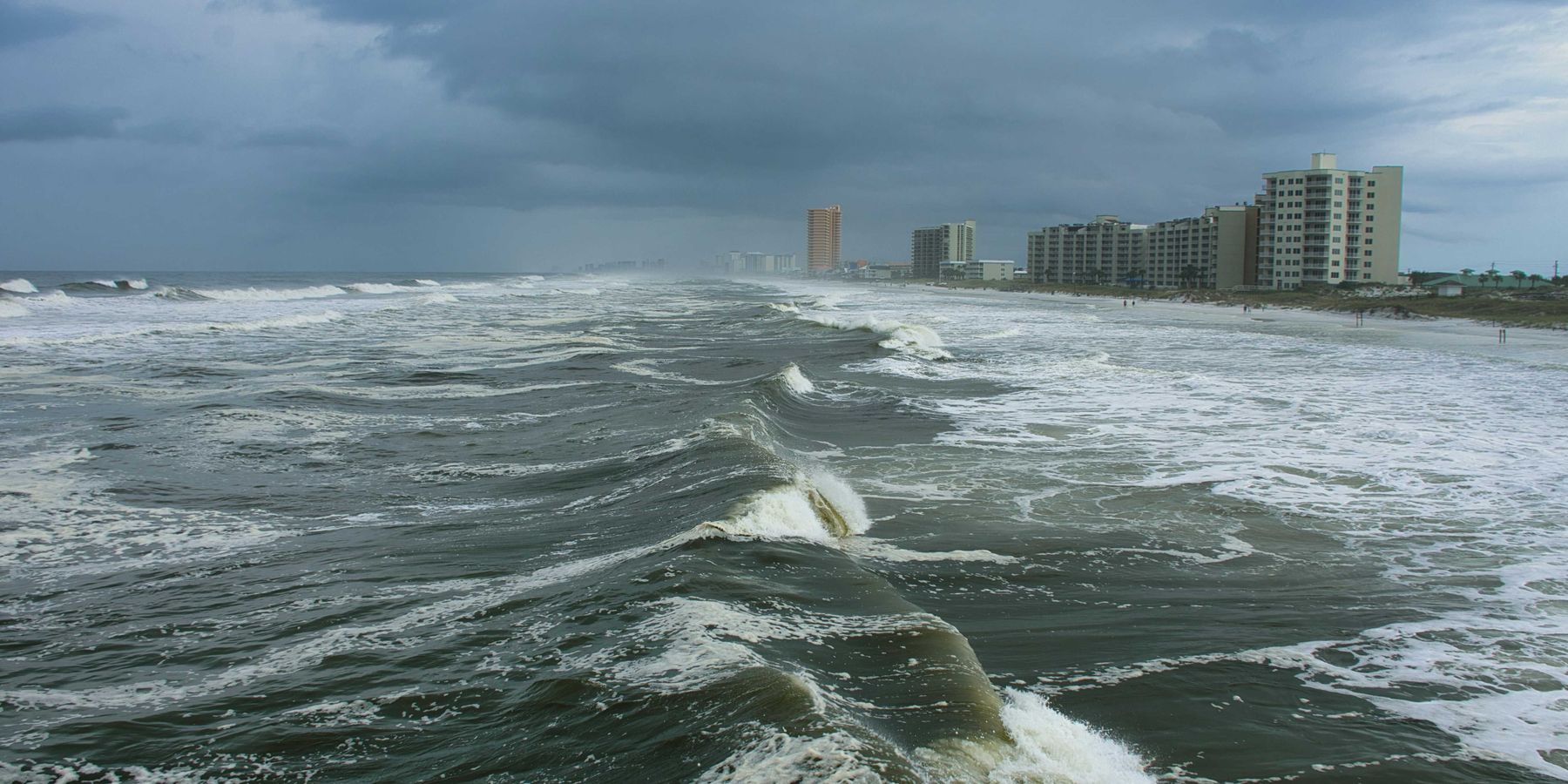Los Angeles demonstrates the effectiveness of sponge city infrastructure
In the midst of unyielding downpours, Los Angeles' innovative "sponge" infrastructure successfully captured 8.6 billion gallons of water, providing enough resources to support more than 100,000 households for an entire year.
In short:
- LA's transformation into a sponge city includes permeable surfaces and spreading grounds to absorb stormwater.
- The city captured 8.6 billion gallons of water during a recent atmospheric river event, enough for over 100,000 households for a year.
- This approach is part of a broader strategy to manage water resources sustainably and mitigate urban flooding.
Key quote:
"The more trees, the more shade, the less heat island effect."
— Art Castro, manager of watershed management, Los Angeles Department of Water and Power.
Why this matters:
LA's success in managing extreme weather through sponge city infrastructure is a model for sustainable urban planning. It demonstrates how cities can adapt to climate change, reduce flooding, and efficiently utilize natural resources.
Capturing and reusing urban storm water could be a boon for water-stressed cities—if we can find a way to clean it up.


